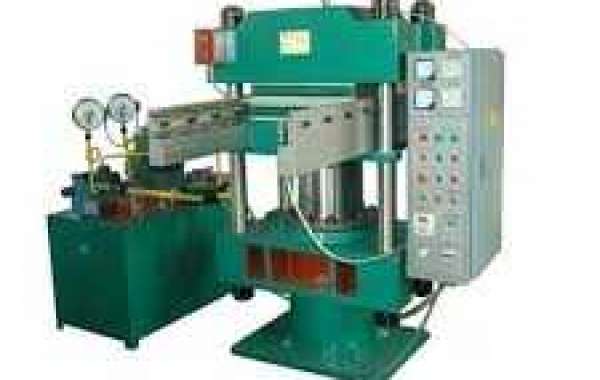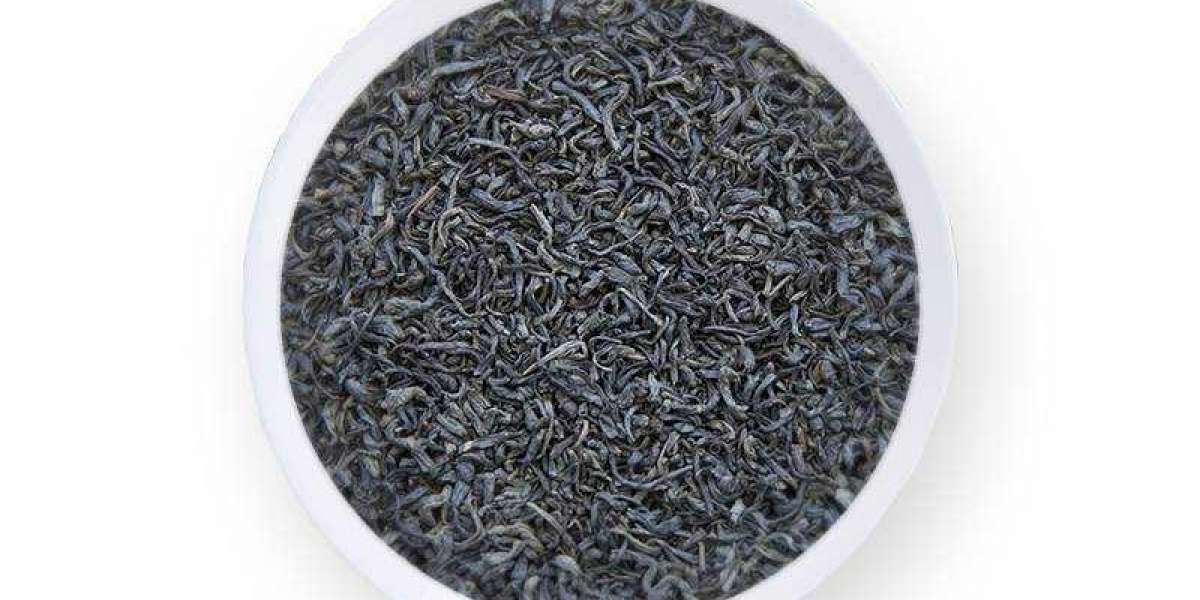With the rapid development of China's automobile industry, the rubber industry associated with it has also risen rapidly, occupying an important position in the industrial field. The survey results of the American Rubber Manufacturers Association show that the vulcanization process is the most serious in the emissions of organic harmful exhaust gas pollutants in the mixing, hot smelting, extrusion, calendering and vulcanization processes in rubber production. During the high-temperature plasticizing and oxidizing process of rubber curing ovens, harmful substances are easily produced. At the same time, raw materials and organic solvents with lower boiling points are released, producing denser smoke with unpleasant malodor. The composition of the exhaust gas is complex, and the main pollutants are volatile organic compounds and sulfides. Vulcanized exhaust gas is discharged into the environment in various ways, which seriously damages the natural environment and poses a huge threat to human survival and health. Therefore, the treatment of vulcanization exhaust gas for the rubber industry is imminent.
High-temperature plasma incineration technology: High-temperature plasma incineration technology is a high-energy (30KHz) high-voltage (100,000 volts) high-power power supply under specific conditions of concentrated energy discharge. Industrial waste gas rises sharply from normal temperature to high temperature of 3,000 degrees in the reactor. Under the dual effects of high temperature and high potential, organic pollutants (VOCs) are ionized and cracked completely. After high-temperature plasma incineration, organic compounds (VOCs) in industrial waste gas are cracked into simple substances such as carbon, carbon dioxide, and water vapor.
High-temperature plasma incineration technology can process industrial waste gas with high concentration, complex composition, flammable and explosive, and containing solid and oily substances.



